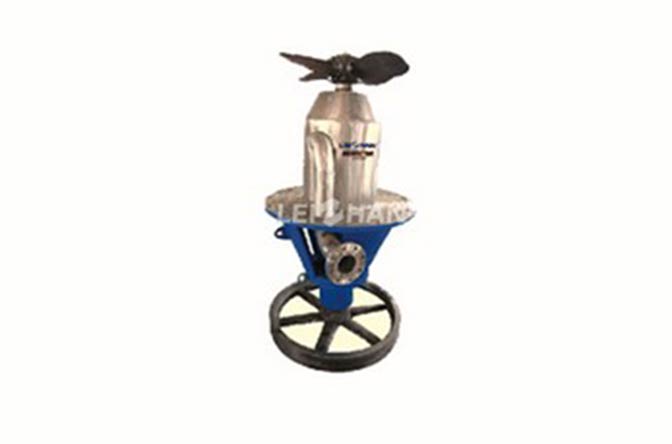-
>PAPER MACHINE
-
>Pulper Equipment
-
>Screening Equipment
-
>Refiner Equipment
-
>Cleaner Equipment
-
>Conveyor & Agitator
-
>Thickener Equipment

Our company is Zhengzhou Leizhan Technology Paper Machinery Co., Ltd, is specializing in pulp and paper equipment design, manufacturing and sales. We are professional in developing pulp and paper equipment, such as crushing equipment, screening equipment, slag removal equipment, refining equipment.
 Chemical Pulp Machine For Paper Mill
Chemical Pulp Machine For Paper Mill
Pulp can be divided into two principal types: chemical or mechanical pulp. In fact there are more than two types of pulp . Pulp from recovered paper poses a different challenge for the papermaker as it often has to be de-inked and other contaminants removed.

1. For chemical pulp, logs are first chopped into wood chips which are then cooked with chemicals under high pressure. Cooking removes lignin and separates the wood into cellulose fibres. The resulting slurry contains loose but intact fibres which maintain their strength. During the process, approximately half of the wood dissolves into what is called black liquor. The cooked pulp is then washed and screened to achieve a more uniform quality. The black liquor is separated out from the pulp before the bleaching process.
2. Most chemical pulp is made by the sulphate (or Kraft) process, in which caustic soda and sodium sulphate ‘cook' the woodchips. In the unbleached stage, a dark brown but very strong pulp results and this can be bleached to a high brightness if required. The sulphite pulping process is an alternative method best suited for speciality pulp which can be easily bleached, generally with hydrogen peroxide. These pulps fulfil the demand for ‘chlorine-free' products in the hygiene paper sector and also in printing and writing papers.
3. The yield in both chemical processes is much lower than in the manufacture of mechanical pulp, as the lignin is completely dissolved and separated from the fibres. However, the lignin from the sulphate and some sulphite processes can be burnt as a fuel oil substitute. In modern mills, recovery boiler operations and the controlled burning of bark and other residues makes the chemical pulp mill a net energy producer which can often supply power to the grid, or steam to local domestic heating plants.
A chemical pulp or paper is called woodfree, although in practice a small percentage of mechanical fibre is usually accepted.


 Related Post
Related Post

